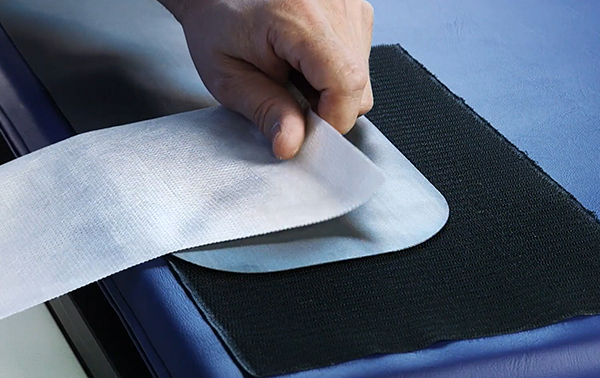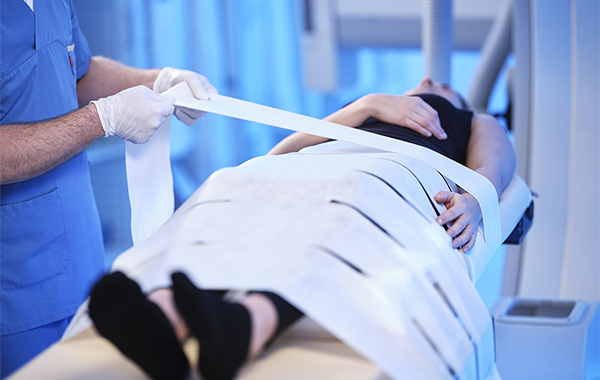∙ Powerful TMS for therapy and research
∙ Counter-balanced coil holder for weightless coil positioning
∙ Efficient cooled coil that lasts all day
∙ Capacitive touch-screen interface with integrated MEP recording
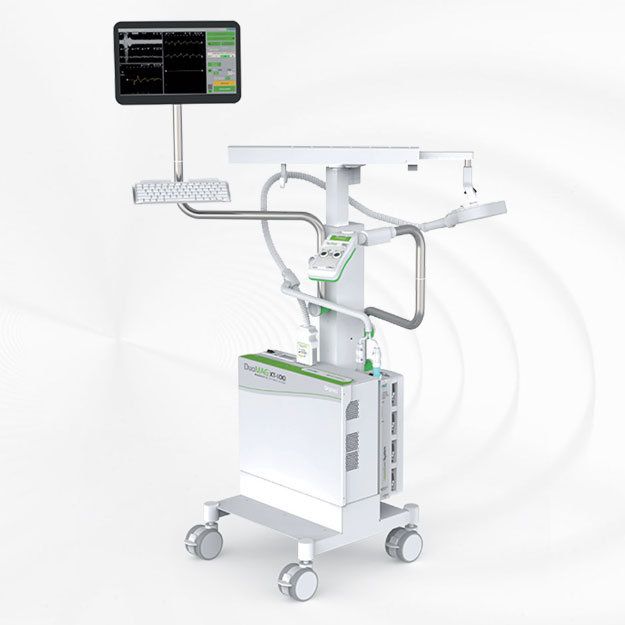
The DuoMAG XT is a powerful and flexible magnetic stimulator built for ease-of-use in both research and clinical environments. The system can be controlled via the coils, a PC or the DuoMAG touch-screen for ultimate ease-of-use .
One key advantage of the DuoMAG family is the option to seamlessly integrate with other Deymed systems including the TruScan EEG and TruTrace EMG/MEP systems. This flexibility makes the DuoMAG unrivaled in its possibilities as it can be expanded and enhanced to add more options.
The system is presented in several configurations, from Compact, Cart model and the innovative MagTower with the first counter-weight balanced arm holder for TMS. The MagTower significantly reduces the difficulty of holding and positioning heavy magnetic coils.
New DuoMAG Coil Cooling System
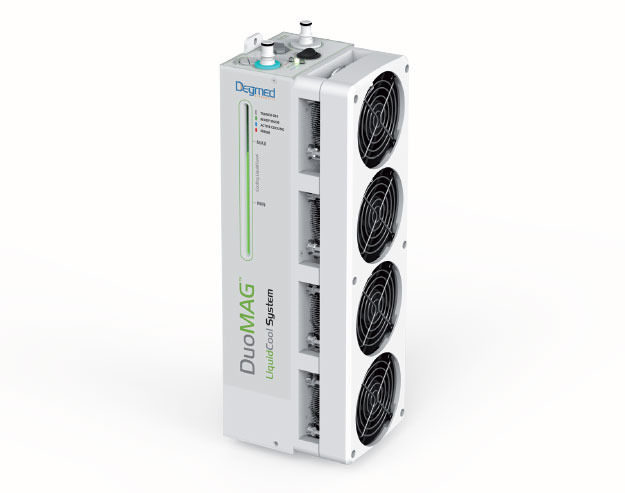
- Unique liquid-based coil cooling system ensures continuous stimulation even for the most demanding protocols.
- System combines compact cooling unit with various coil types, specifically designed for repetitive stimulation.
- Durable coils without any counters to limit lifetime of the coil.
- Automatically controlled, quiet cooling performance for minimal noise interference. Built-in sensors protect the coil against overheating, and regulate cooling intensity.
- DuoMAG cooling system can be fitted on any DuoMAG rTMS system. Special designed non-spill connectors ensure easy and quick coil replacement, without the need for tools.
User-friendly Coil Controls
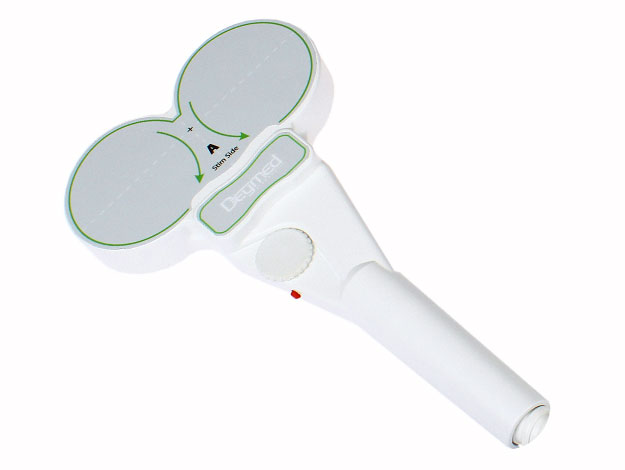
Deymed coils have built-in controls for stimulation and intensity settings. This allows the user full control without needing to avert attention to external panels or triggers. This also allows the TMS system to be used by a single operator.
Configurations
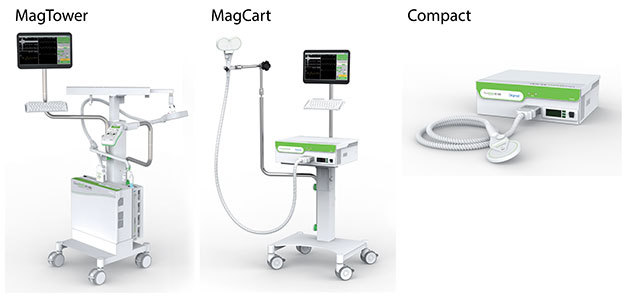
MagTower
The MagTower is an innovative counter-weight balanced coil-holder for TMS. This significantly lowers the weight of the coils for use in any scenario where the user doesn’t want to struggle with difficult coil positioning, especially when finding the motor threshold. Locking the position is easy with the click of a button. A touch-screen interface includes protocol design and control and MEP visualization with EMG module.
MagCart
The MagCart configuration is an easy to move configuration that takes up minimal space. An articulating arm allows the coils to be quickly locked into place after positioning. A touchscreen is optional and may be added.
Compact
The DuoMAG XT can be put on a desktop or elsewhere in this compact space saving configuration.
Request a Quotation |

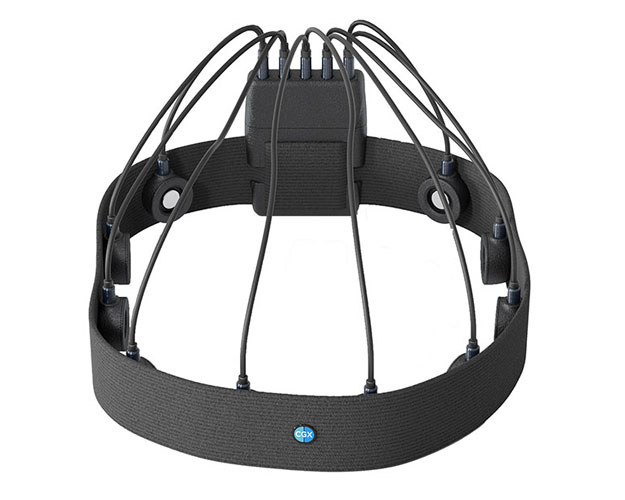

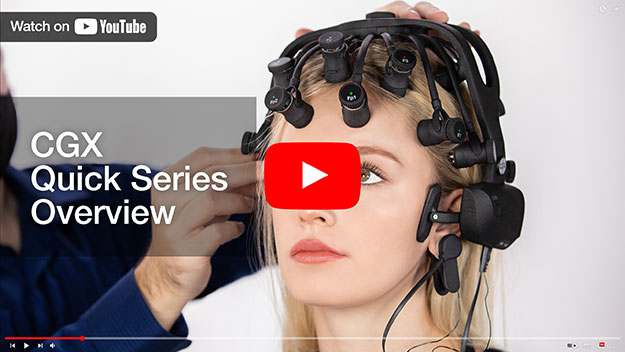
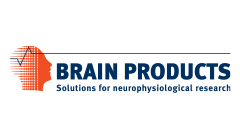
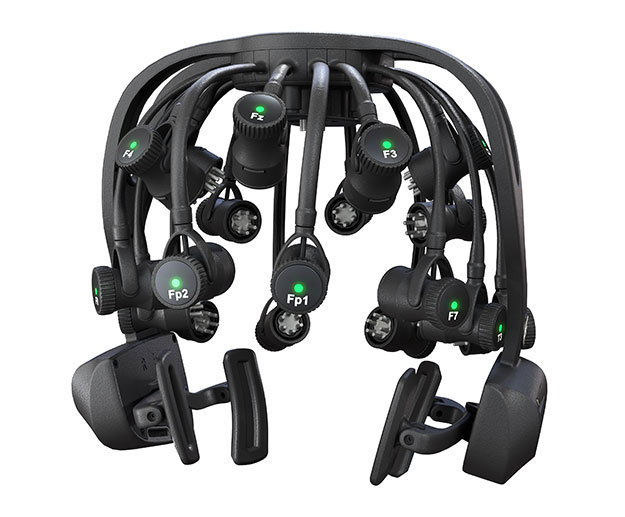
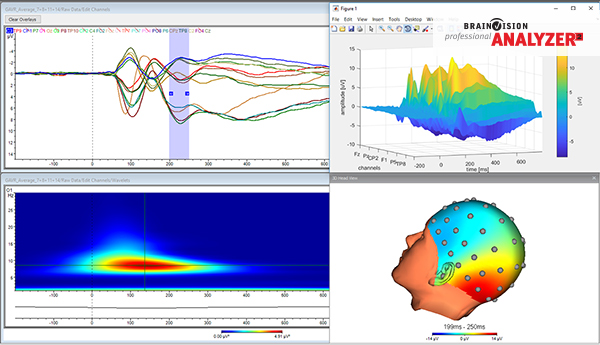

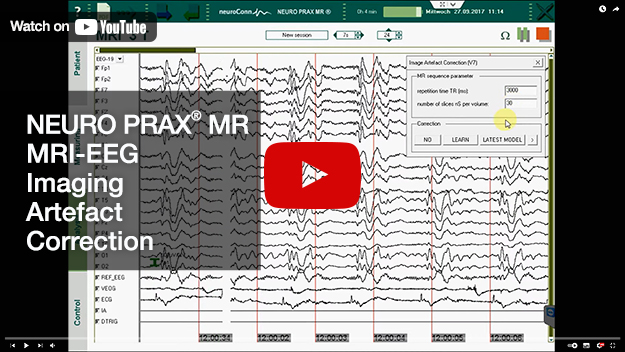

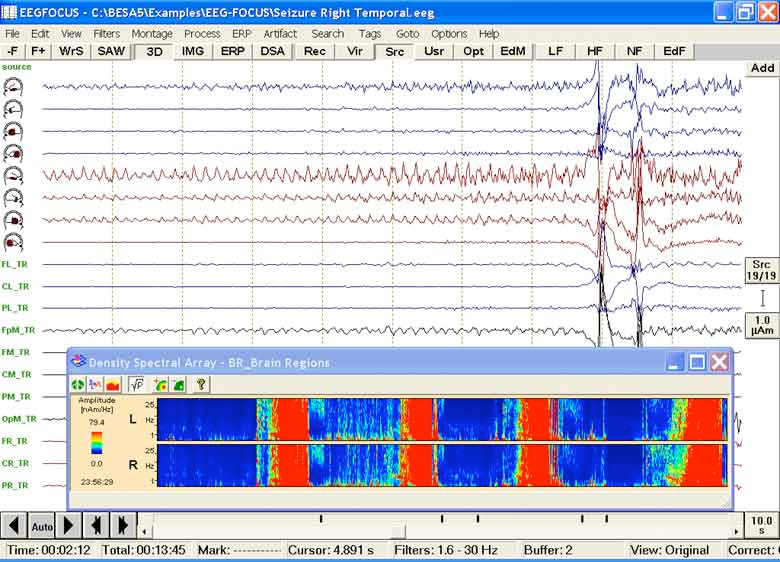
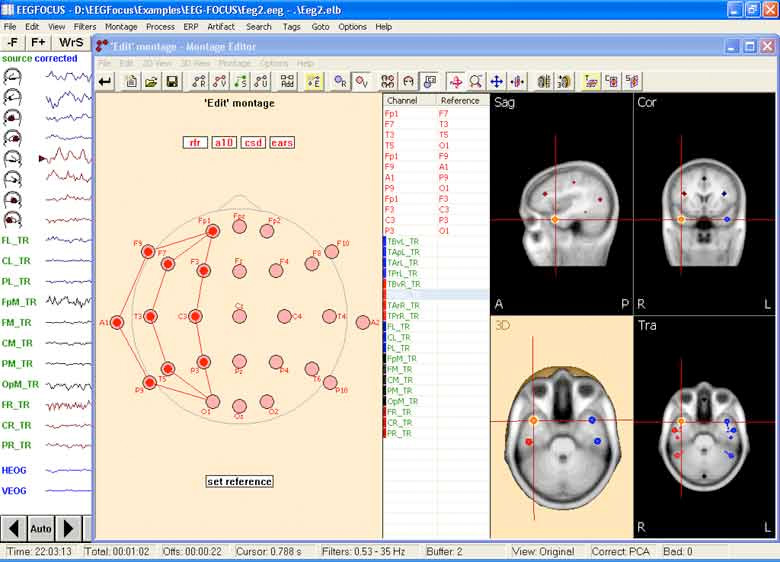



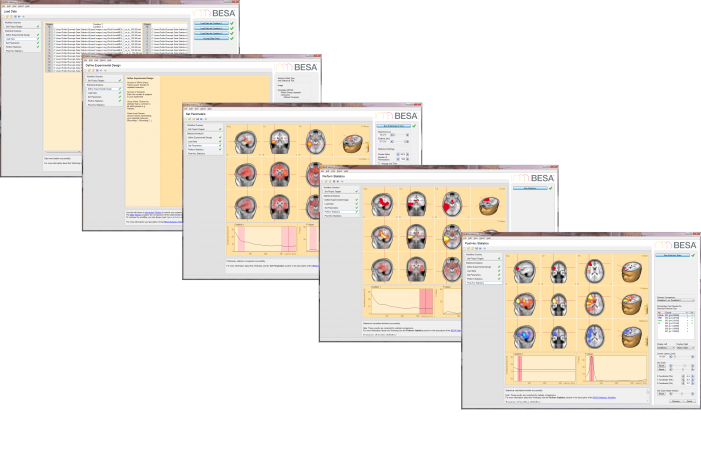

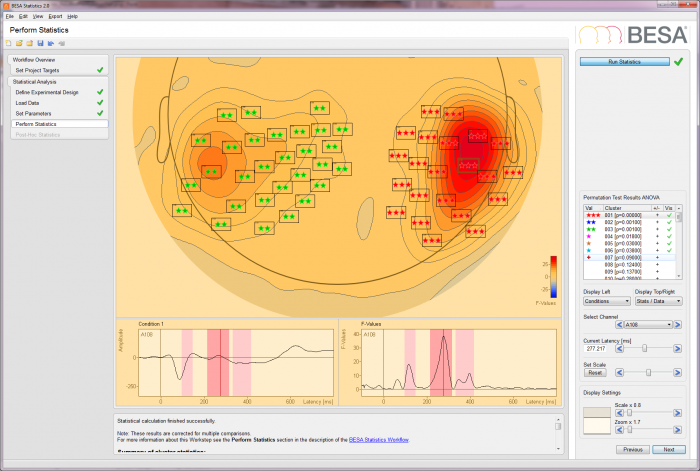
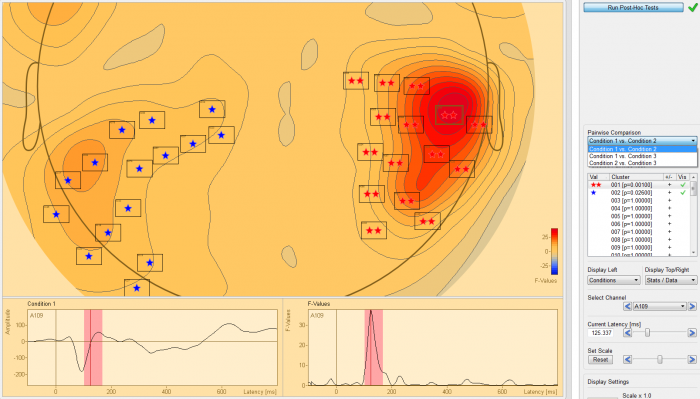
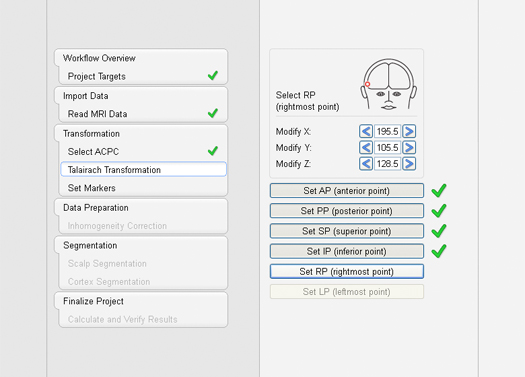
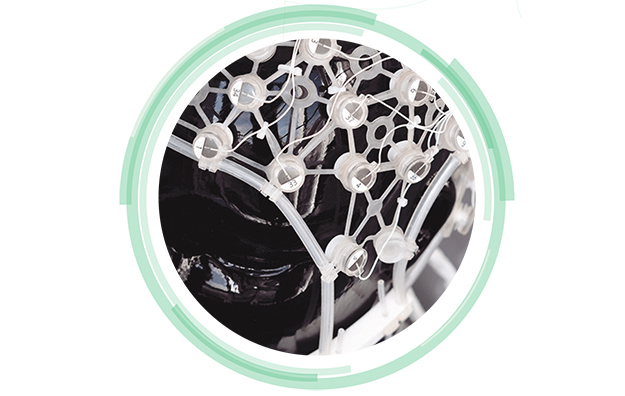
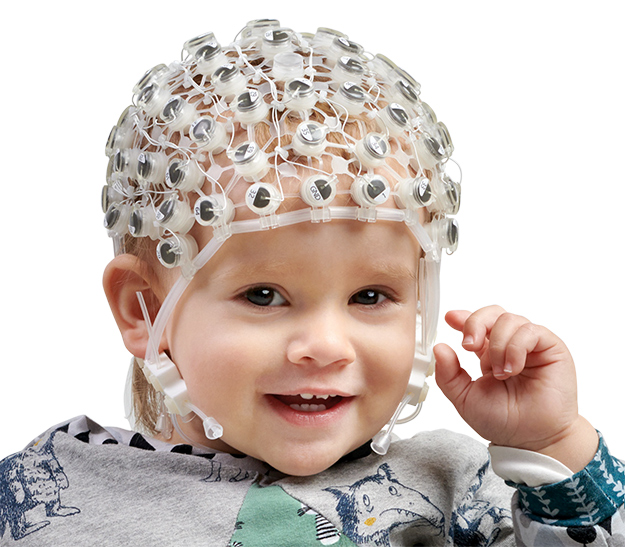
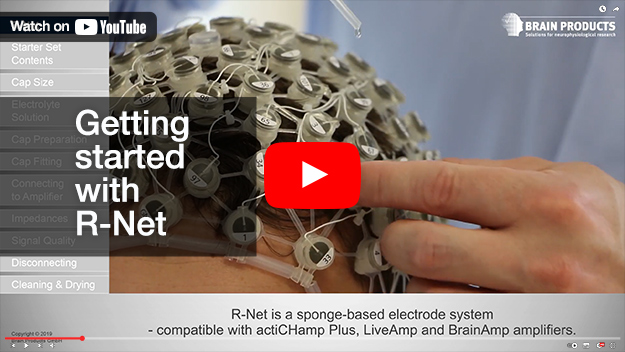

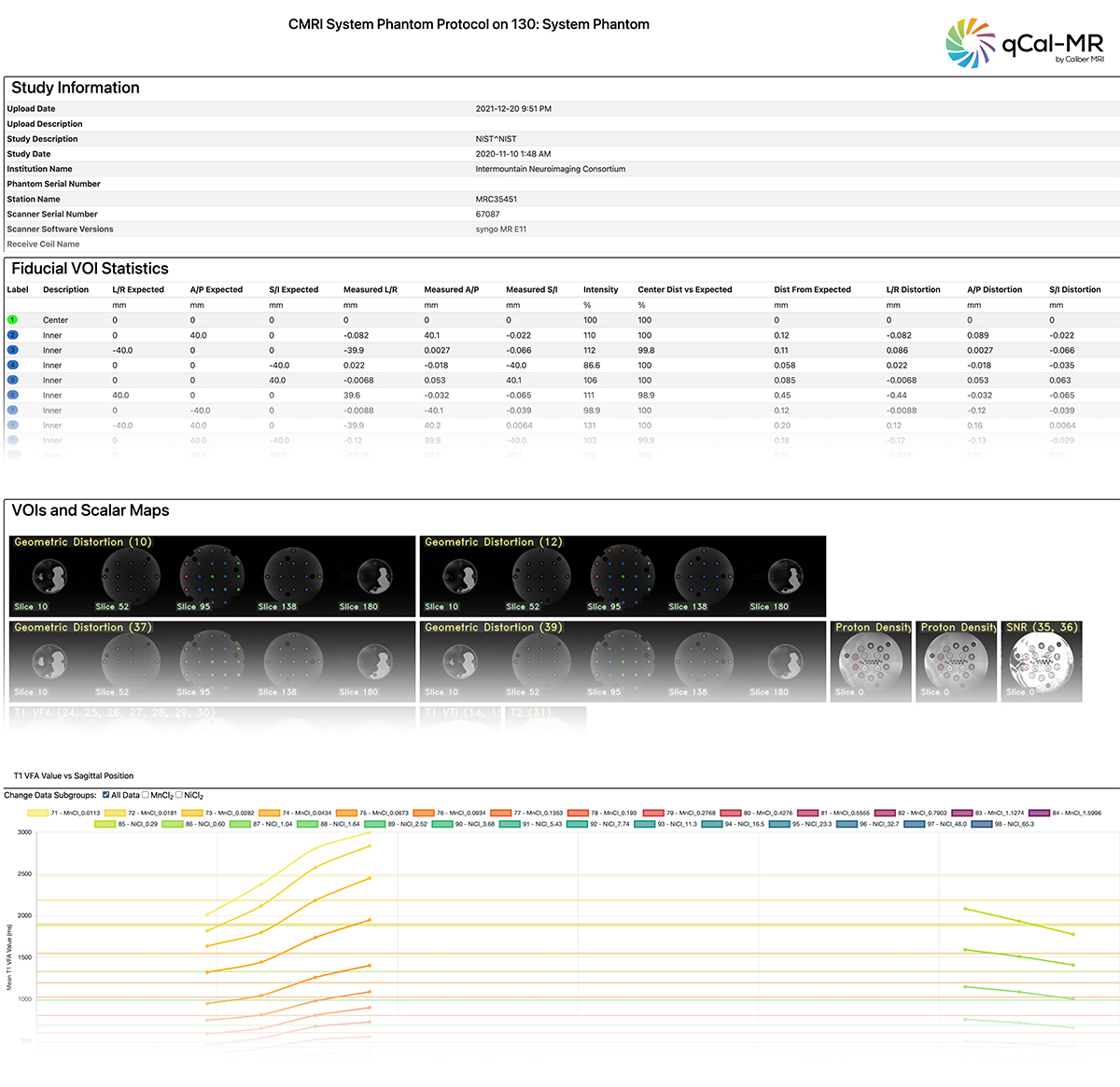
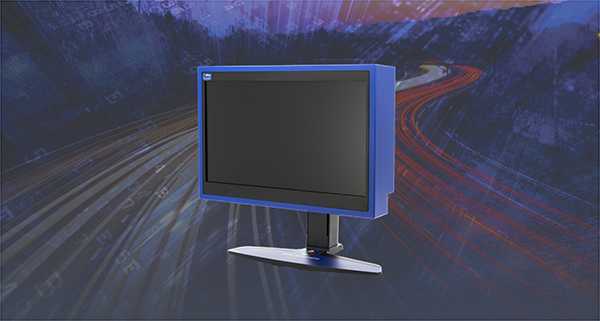

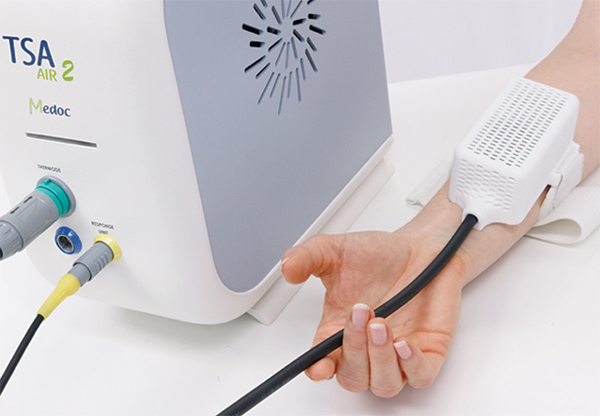
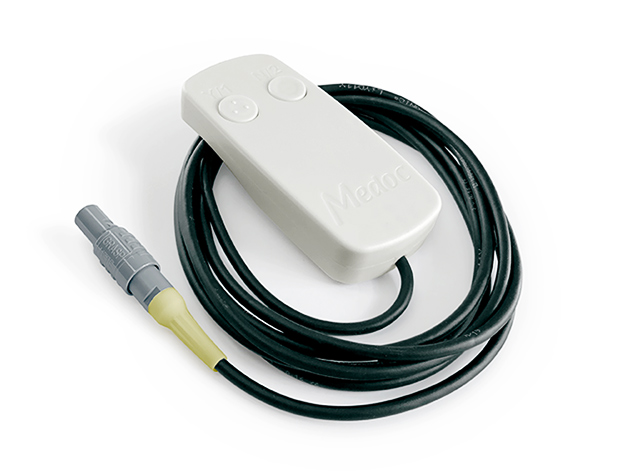

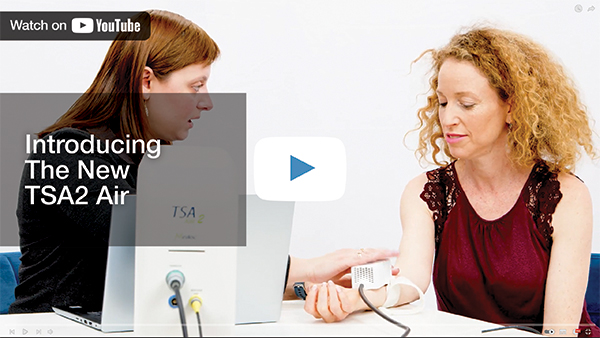
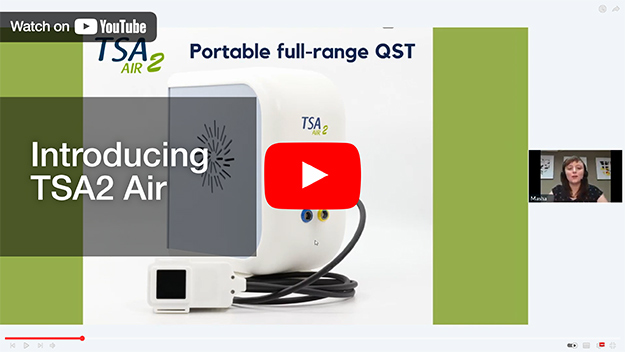
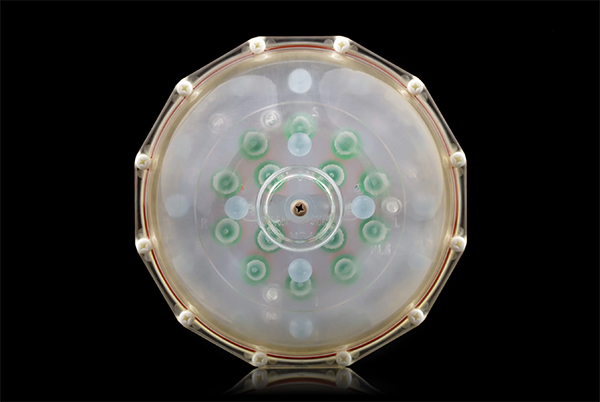
 Know the specs:
Know the specs: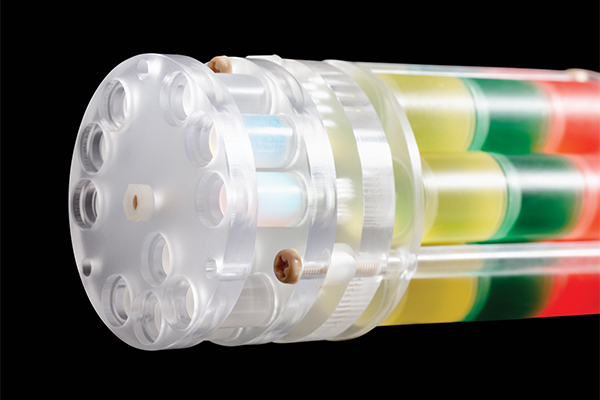 Evaluated MRI Characteristics
Evaluated MRI Characteristics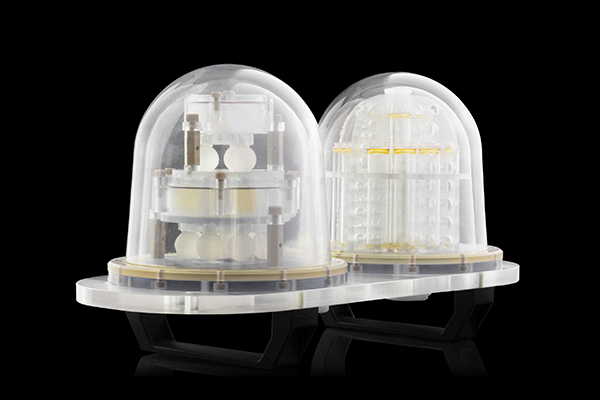
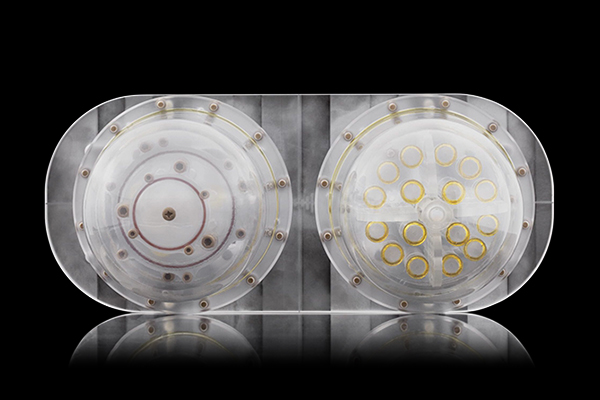
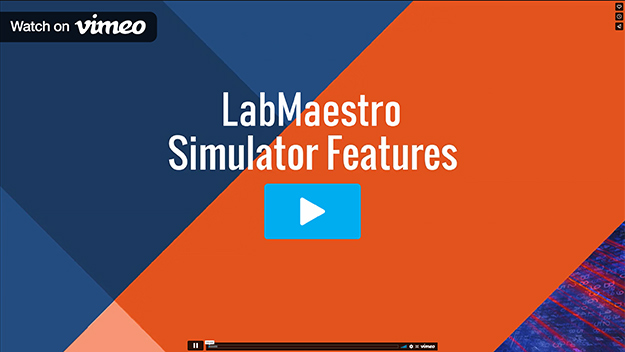 LabMaestro Simulator Software Brochure
LabMaestro Simulator Software Brochure Learn more:
Learn more: